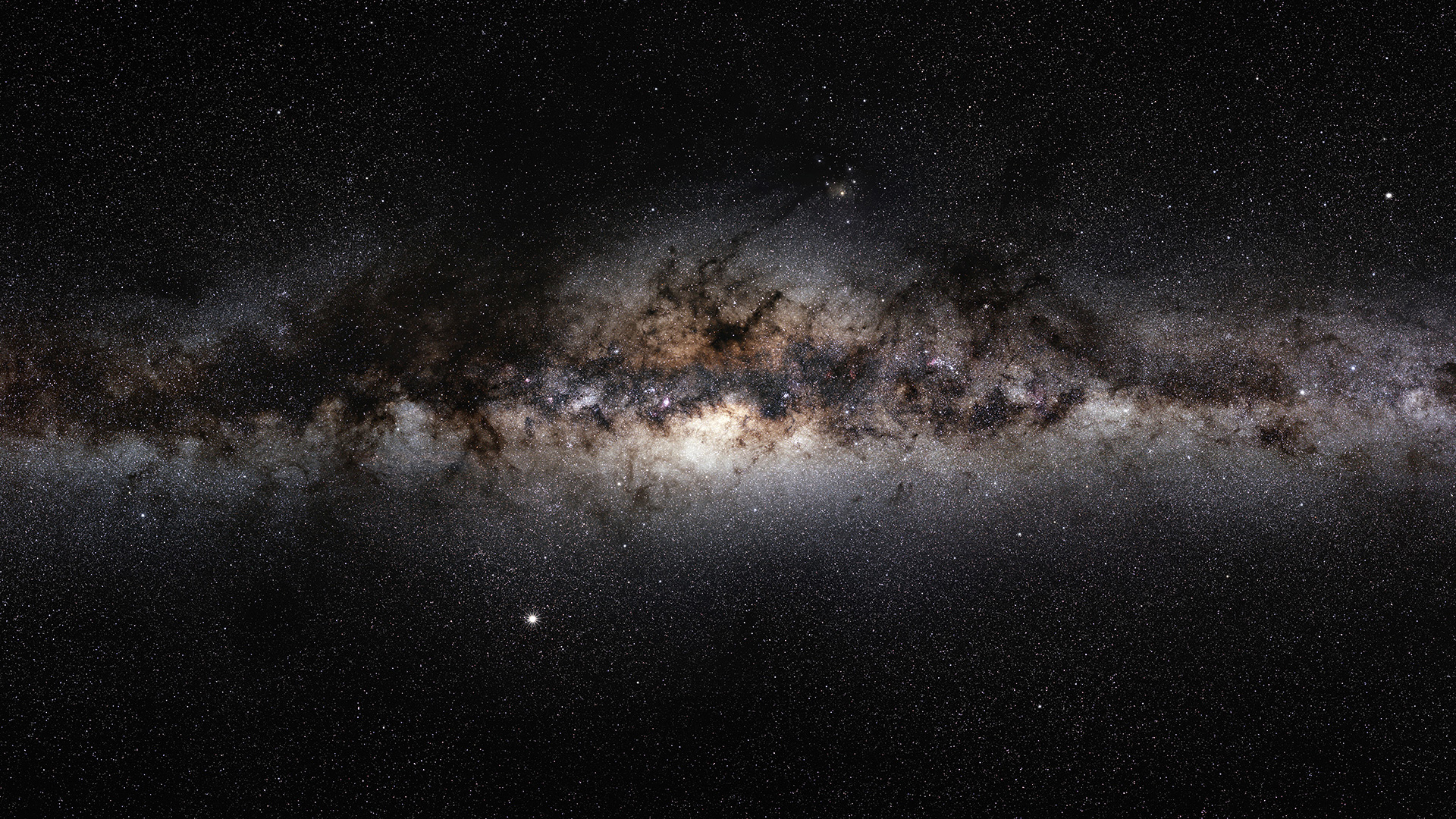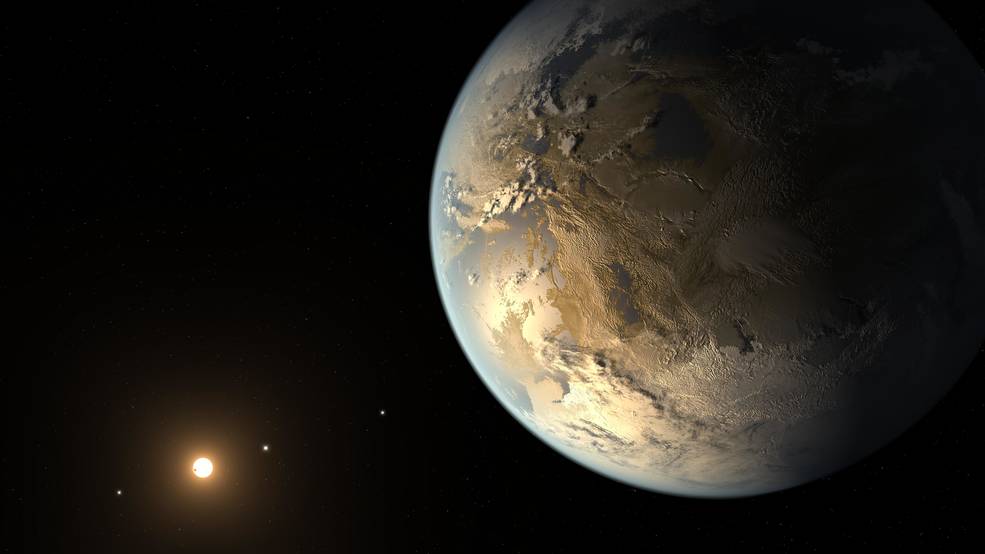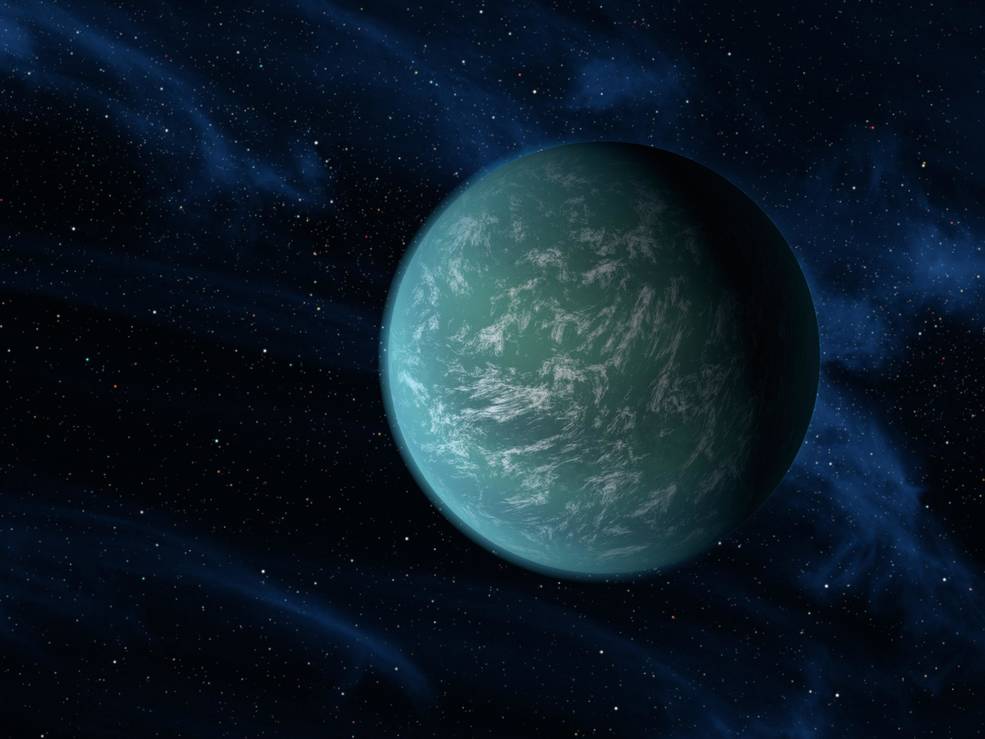
Astronomy For Beginners: Exoplanets
Exoplanets are planets that are beyond our solar system. They have been known for a hundred years or more. They are really hard to study directly. We can still learn a lot from them though. In fact, that is why we study them. Learning about exoplanets will help us learn about the formation of our own Earth and corresponding solar system. Astronomers monitor young planets to see what Earth might have been like in its early stages. In this article I want to talk about what is known about exoplanets and how they are formed. This will obviously lead into solar system formation which is pretty interesting stuff.
History Of Exoplanet Detection
Scientists first thought they had discovered an extrasolar planet in the 1800's They certainly could have been right. We do not know for sure though. Slowly more and more evidence was found that indicated these existed. It was not until more modern times, however, that Astrophysicists were able to verify some of these claims. Now space telescopes like Kepler, Spitzer, and Hubble find exoplanets quite often. Finding them and documenting their properties is key for our understanding to evolve. Its a very important time in learning about our universe.
Formation of Exoplanets

Solar systems and exoplanets form because of stars. A star is a luminous object made of plasma that spins. When a star starts its processes it will be rotating. As it rotates it gathers all the rocky and gaseous material around it. This material will then form into a protoplanetary disk. A disk like this looks sort of like a cd to us. It is flat and it rotates around its star. This is where planets and moons come from, it just takes a while to happen.
Exoplanets that form from this can either small and rocky or giant and gaseous. These extrasolar planets will often move from where they are first formed. They move because of other objects and processes. Collision and gravity from other objects are the main reasons. Collisions can either destroy objects or eject them into space. Observation is key here. Direct observations are the best but indirect will lead to nice results also.
We learn about planets from the huge cosmic gas clouds we can observe. It is from here we learn about these extrasolar planets that inhabit other galaxies. Astronomers have discovered a few thousand exoplanets from the data I can find. The more they are studied, the more we will understand about our own planet and its processes. Currently, we just have very vague data on all of these extrasolar planets. They are so far away in the universe that estimates are the best that can be done. Astronomers are learning more by the day though.
Theory Of Solar System Formation
The main theory of solar system formation is the nebula theory. Everything in our system formed from gas and dust. It was all one big cloud covering a massive area. The nebular cloud became unstable because of some event. We don't know what kind of event though. Eventually the gas and dust stuck together and formed other objects. The Law of Conservation of Momentum is the reason some of it started rotating. The center started rotating and pulled in a lot of material around it. Everything that converged to the center eventually became a star. The material that was left behind in the disk formed our planets. Rocky material formed our first few planets. The gaseous remains were made into the big gas giants like Jupiter and Saturn. Astronomers now think this is how most solar systems are formed.
In our quest for knowledge, we are constantly refining our views on how solar systems are created. There are many explanations. Some of those seem quite strange today! There are a few ideas that, so far, have stood the test of time. Exoplanets orbits are somewhere between perfectly circular and highly elliptical. This is vague but it is also a starting point. Orbits are usually in the same direction as the Sun's rotation. Random events, such as collisions, do happen and they cause drastic change. There is evidence of many large object collisions in our galaxy between moons, asteroids, and planets. These collisions have shaped and influenced most of our galaxy. I am sure other galaxies have had mostly similar experiences.
The Search Is On For Exoplanets

Astronomers are constantly searching for exoplanets. With technology advances, we can finally try to confirm discoveries made many years ago. Now you might wonder how exoplanets are discovered and verified? It is quite true they are so far away we can only barely see a few with modern telescopes. So they are observed by other means. The most popular ways are studying the light from the star it orbits and the radial velocity of that star. Radial velocity, in this context, refers to the change in the velocity of its spinning relative to us here on Earth. It is our perceived changed in an objects velocity far away.
Planetary Transits
When we study the light of stars there are times when the brightness lessens slightly. This happens occasionally and it is often an indication an exoplanet is orbiting this star. When it travels in between our line of sight and the star, the light output decreases. Astronomers are using this easy technique constantly to find new exoplanets.
Radial Velocity
The other technique that is used to find extrasolar planets orbiting other stars is measuring a star's radial velocity. What happens is that periodically, the gravity of an exoplanet will cause a slight wobble in its parent star. When this happens the rotational velocity is measurably less. Just like planet transits, when this happens we watch closely and if it happens continuously and at regular intervals we know its being caused by an extrasolar object orbiting around that star. Astronomy is all about those observations!
Other Methods
We can also just take direct pictures of exoplanets. This is pretty rare though. Astronomers have to get very lucky for this to happen. They are very far away and they are very dim as well.
Another way we can find exoplanets is through gravitational lensing. This is really just the study of light. Light is affected by gravity over long distances. It is bent when a planet passes through its light.
Exoplanet Characteristics
Thousands of exoplanets have now been discovered by our space instruments. Most have been spotted by the Kepler Space Telescope. They have been rocky, icy, and some made mostly of gas. A few have been in the habitable zone of their stars. Some are very close to their star and are tidally locked. A planet is tidally locked when their is a large difference in masses between the two. Distance also plays a factor. When an exoplanet is tidally locked it also shows the same side to the star. An example of this is our moon because it always shows the same side to us here on Earth.
Planets that are much larger than Earth are called Super-Earths. These are planets that exhibit many of the same properties as our planet here. They are assumed to be rocky and fairly dense.
Gaseous planets that are many times the size of Earth and orbit close to their star are called Hot-Jupiters.
Most planets are detected as they transit across our view of a particular star. A few, however, are detected by the radial velocity technique.
One of the problems that Astronomers struggle with is the composition of these exoplanets. Knowing the composition would allow them to be able to guess about their density. Most exoplanets discovered are very hot and gaseous. These planets put off the most light. That makes them the easiest to see. We know that many planets should exist that are like Earth. They are small, like Earth, so they are harder to detect.
Habitable Zones
One of the main reasons we are searching for exoplanets is to find some in habitable zones. Scientists want to find something that has life on it. Some stars will have an area around it that would be the right temperature for life as we know it. That is what everyone is looking for. Another key ingredient to this is the ability to hold water. It has been determined that this is important for life. I wonder how they figured that out.
Finding life will be more difficult. We know what life here is like. That is how the first search started. It was, and still is, looking for signs that organisms like us are out there. Who really knows if we will ever find that. The other problem being tackled is recognizing life that is very unlike us. If it isn't very similar to us we might never know that we saw it. We just don't know how other forms of life could look.
To be successful at all of this we have to stare through space. The problem here is that the light of other stars outshine small planets that might host life. NASA is working on technology to help with this problem. Its goal is to dim incoming light but allow space telescopes to image space better.
Different Planetary Systems
Since there are so many different galaxies, it would be safe to assume that some formed in unusual ways. Ours is one of those. Astronomers have not found a solar system that is like ours exactly. They have not discovered a planet with any sort life on it either. That makes us pretty unique. Systems have been discovered with Jupiter size planets orbiting a Star like ours. Still, its a bit different. Most Jupiter sized planets orbit much closer to the star. They also have more eccentric orbits. Those are some big differences and we don't know why.
Astronomers have also not found another Earth or anything that resembles it. We have life all over the planet including its oceans. There are plate tectonics that have constantly moved. An atmosphere filters out the deadly radiation from the Sun. We even have cosmic protectors in the form of Jupiter and Saturn. Those gas giants grab deadly asteroids that head this way and lock them in their gravitational grasp. As a result, we rarely see anything that hurts us. There has never been anything that collided with this planet and broke it apart, unlike many other objects. So we are very unique.
Conclusion
Exoplanets have been discovered by the thousands now. Some are even relatively close to us. Most that have been found are large, hot, and gaseous. This is because they emit more light and are thusly easier to see. They form in protoplanetary disks after a star starts its processes. These exoplanets will then move around and collide with other stuff. This allows it to gather more material in its physical formation. They are quite varied in size and composition. Rocky, icy, and gaseous are all represented. Different properties such as these have allowed many types of solar systems to develop. Astronomers can't explain why systems can be so different. Everyone is trying to find a solution.
I hope you enjoyed this article. If you are not a member of my email list please consider it. Questions or comments are most welcome down below.